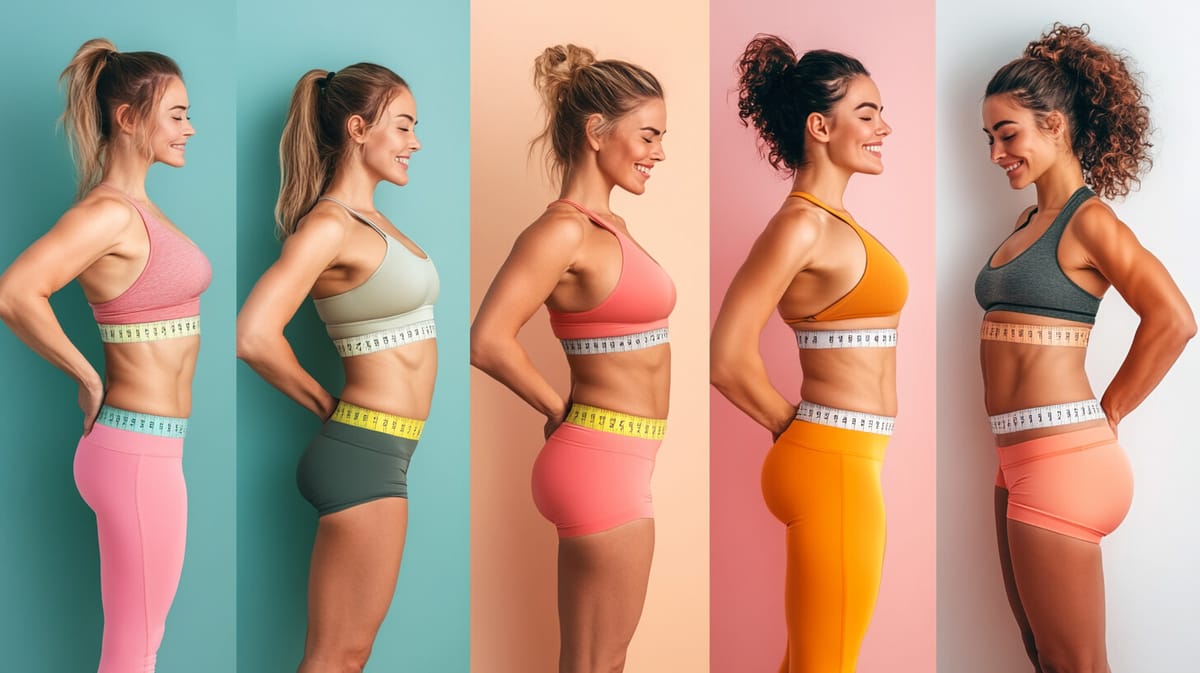Unfiltered Opinions: Fitness Experts Debate the Value of Before-and-After Photos

Introduction
Before-and-after photos have become a staple in the world of weight loss and fitness. These revealing side-by-side images are commonly used to track progress, boost motivation, and celebrate transformative success stories. However, the value and impact of these comparative snapshots remain a hot topic of debate among health and wellness professionals.
The Case for Before-and-After Photos
Proponents argue that progress photos offer a visual representation of physical changes that may not be immediately apparent on the scale or in the mirror. As the body composition shifts, with fat loss and muscle gain, these images can highlight the remodeling that occurs beneath the surface.
Celebrated fitness trainer Mark Daniels advocates for the motivational power of before-and-after photos. "Week to week, the changes might seem subtle, but when you compare photos from several months or a year apart, the transformation can be incredibly inspiring," he explains.
Before-and-after photos can also serve as a form of accountability, encouraging individuals to stay committed to their health goals. The prospect of capturing visual evidence of progress at regular intervals can be a powerful incentive to maintain a nutritious diet and adhere to a consistent exercise routine.
The Pitfalls of Progress Pictures
On the other hand, critics caution against an overreliance on before-and-after photos, particularly for those with a history of disordered eating or body image issues. Tara Winters, a licensed therapist specializing in eating disorders, warns that an excessive focus on physical appearance can be psychologically damaging.
"If someone is predisposed to negative self-perception or has struggled with body dysmorphia, constantly scrutinizing their body through progress photos can trigger a spiral of self-doubt and anxiety," Winters explains. She emphasizes the importance of focusing on the overall process of adopting healthier habits rather than fixating solely on the aesthetic outcome.
Moreover, skeptics argue that the lack of standardization in before-and-after photos can lead to misleading or unrealistic comparisons. Factors such as lighting, angles, posture, and even hydration levels can significantly alter the appearance of the body, potentially exaggerating or diminishing the visible changes.
Finding a Balanced Approach
While opinions remain divided, most experts agree that before-and-after photos can be a valuable tool when used judiciously and in conjunction with other measures of progress. Dr. Amelia Khan, a renowned obesity specialist, suggests a multifaceted approach to tracking health improvements.
"In addition to photos, I encourage my patients to monitor a range of indicators, such as energy levels, sleep quality, cardiovascular endurance, and lab results," Dr. Khan explains. "By considering the whole picture, we can cultivate a more comprehensive understanding of the transformative journey."
Ultimately, the decision to incorporate before-and-after photos into a weight loss or fitness regimen is a personal choice that should align with individual goals and psychological well-being. By focusing on sustainable lifestyle changes and celebrating non-scale victories, individuals can foster a positive relationship with their bodies and embrace the transformative power of healthy living.




